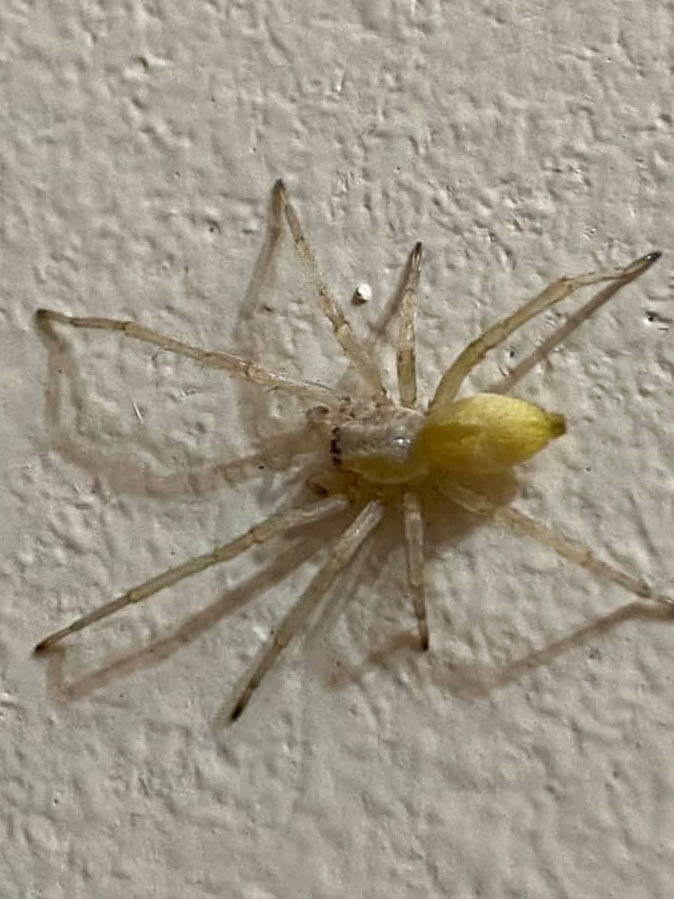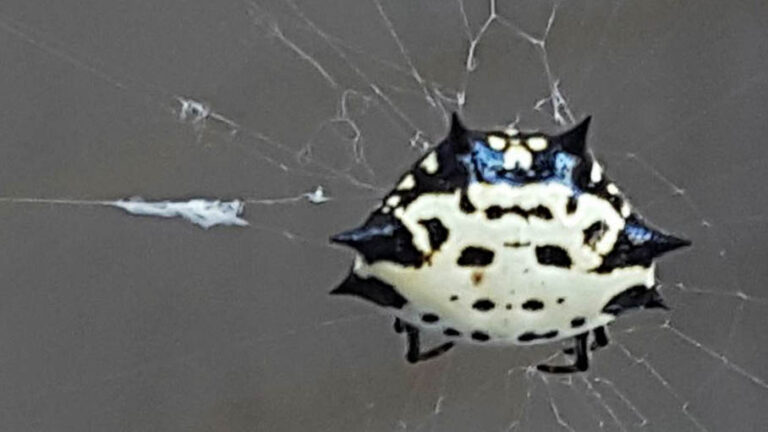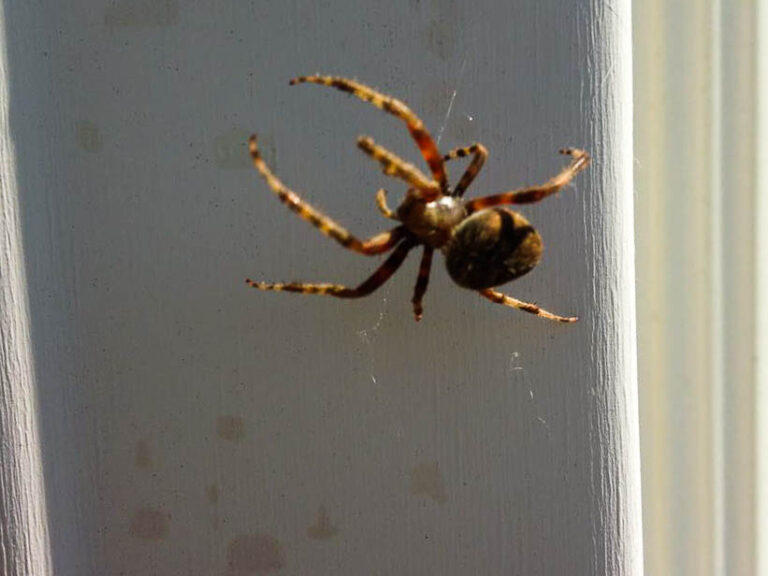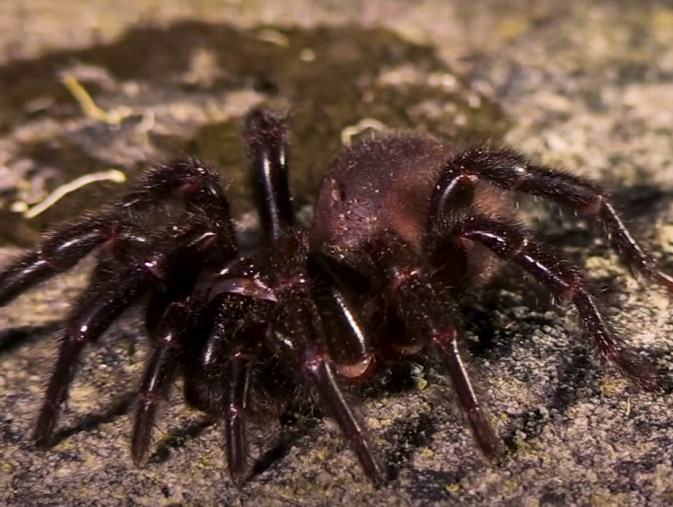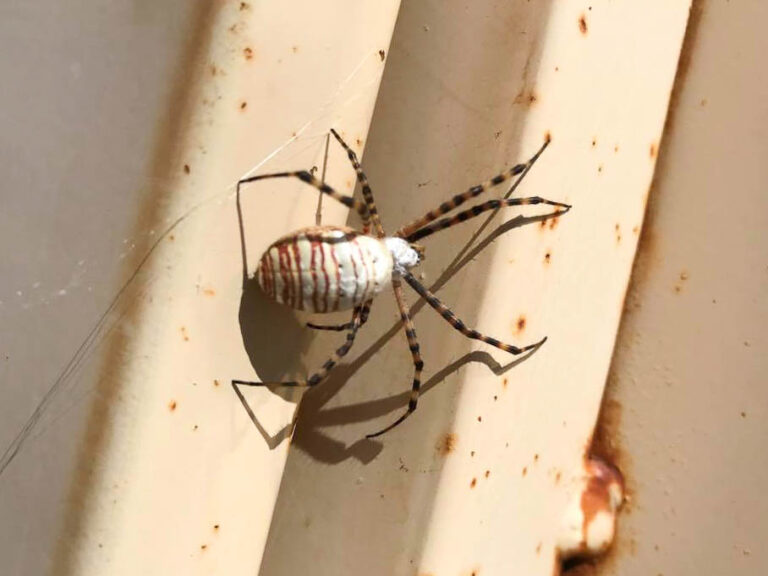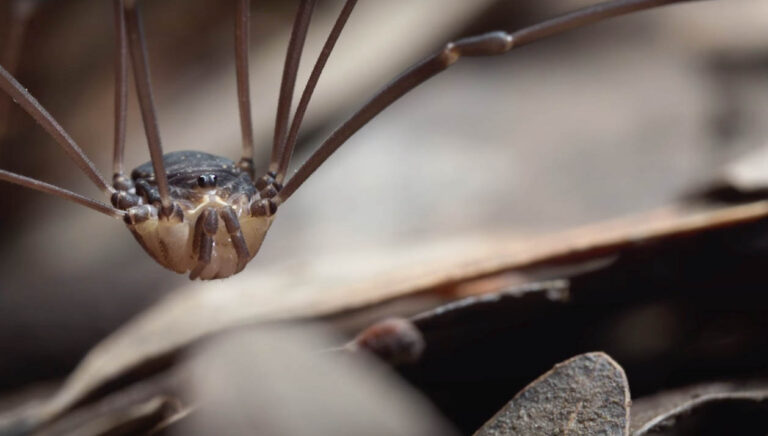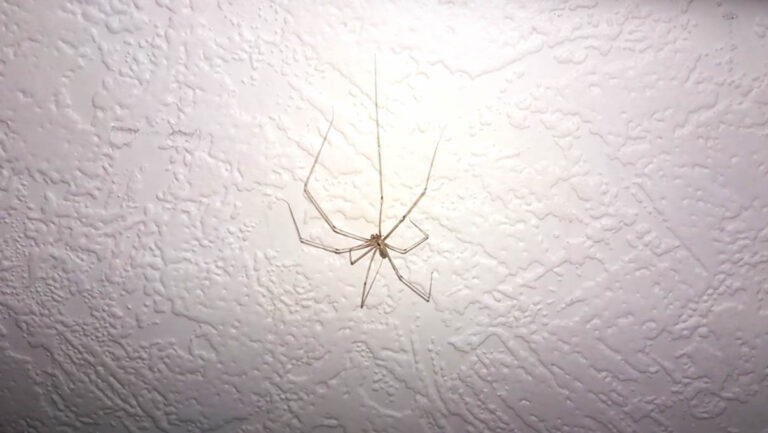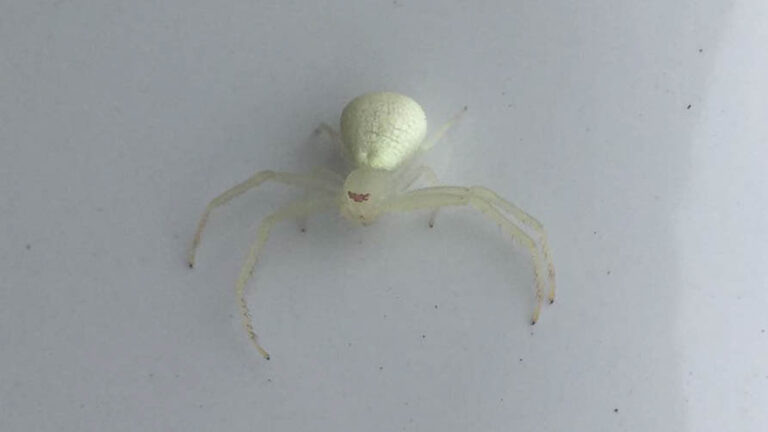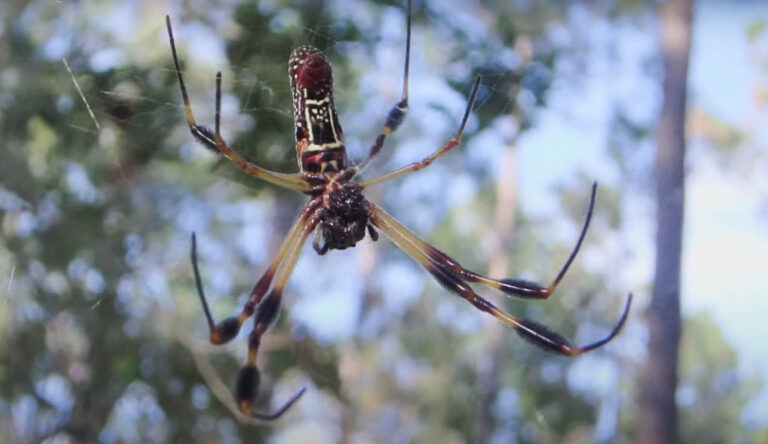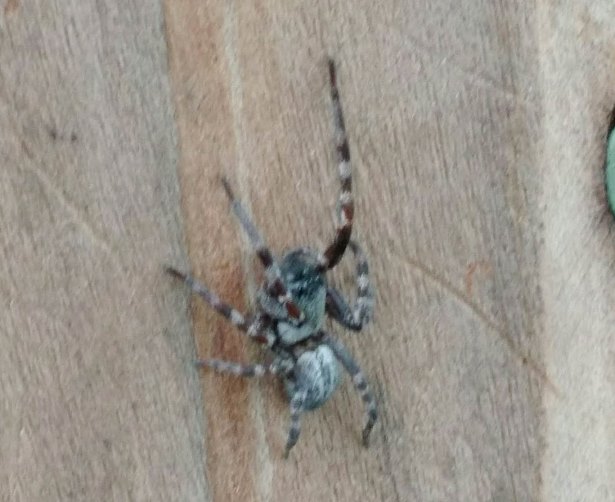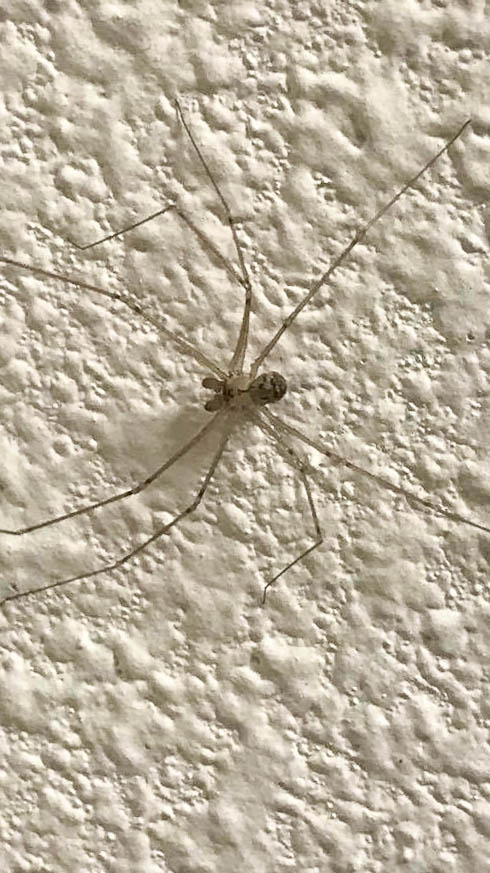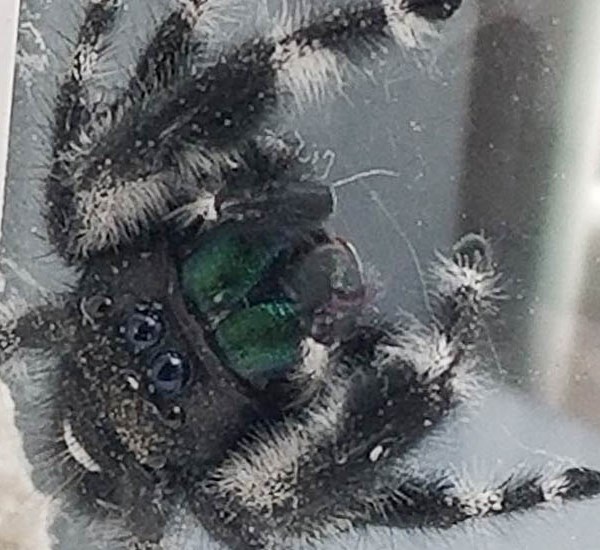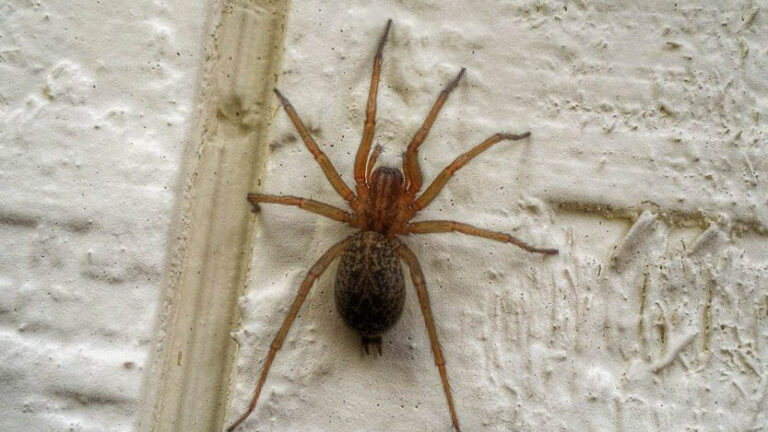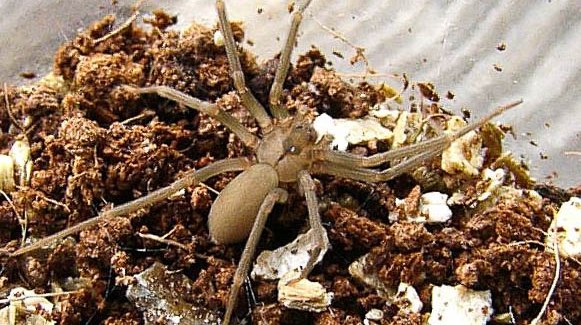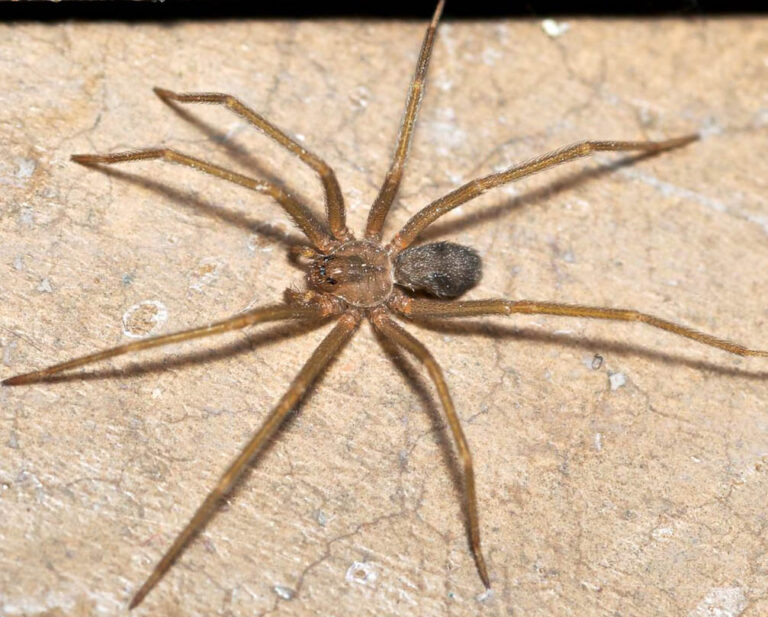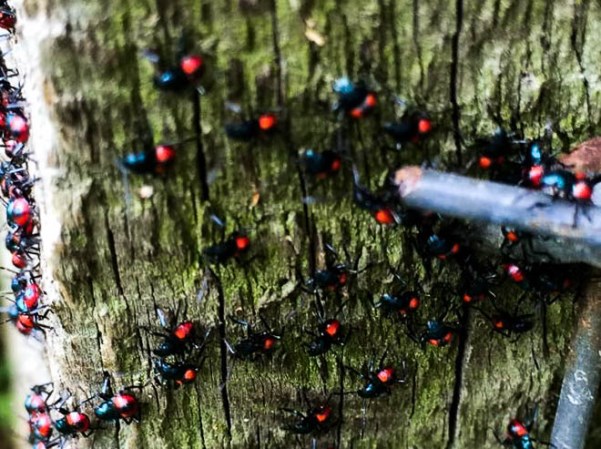About Banana Spiders
About Banana Spiders
Banana spiders (Nephila clavipes) are also known as golden silk, writing spiders, golden silk orb-weavers, or calico spiders. They are best identified by their appealing bright color and how neatly they weave their webs. Banana spiders are widely distributed, residing in high-temperature regions worldwide. Banana spiderlings are sometimes blown away by wind or carried by rainwater to a different location. They produce yellow silk to create large yellow webs, which inspired the name golden silk orb-weavers.
Their webs are so large and strong that they may end up capturing small birds. They spend most of their time in the webs; they rarely go out to hunt.
Appearance
Female banana spiders are larger than the males. The difference in size between males and females is so significant that there is a debate on whether the males are “dwarfs”, or maybe the females are gigantic. The females are approximately 2 to 3 inches, while the males are about just a fraction of an inch. The males are dark brown in terms of color, while females have a slender orange abdomen with yellow spots on their dorsal. Their long legs are yellow and black banded. The females wrap their eggs in round whitish egg sacs of about 25mm in diameter; each egg sac can hold up to 1400 individual eggs.
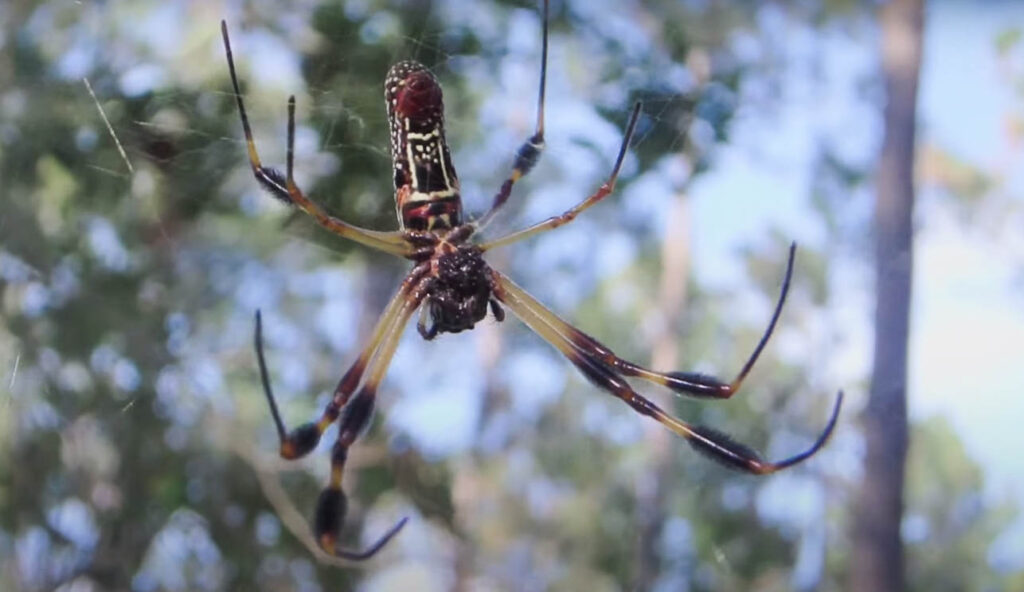
Behavior
Banana spiders are very artistic— they spin large and complex webs. The spiders rebuild their webs regularly, making sure it doesn’t lose its stickiness. Adult spiders spend most of their time on the web, making them an easy target for predators.
Female banana spiders hitch the egg sac on their spider web and guard it until the eggs hatch. The hatching period of the spiderlings occurs during winter, but the juveniles stay in the sacs until spring.
Smaller males have a higher chance of getting the females for mating because of their greater flexibility compared to the larger ones. The males prefer to get to the females while eating to avoid being feasted on by the females.
Life Cycle
Female banana spiders lay their eggs and cover them in a soft, silky cover to form an egg-case. They then attach the sac on its web on thick vegetation to protect them from predators. Once the eggs hatch, the juvenile banana spiders stay in the sacs until the weather is favorable for them to disperse and look for their webs. While still in the sac, they feed on the remnants of the eggs that didn’t successfully hatch and other waste from the web. The juveniles pass through seven to 12 molting stages before they become adults.
Habitat
This spider species is more comfortable in high humidity areas and tropical areas with vegetation. However, they may find their way into your home by hitching on houseplants, firewood, or woodpiles. Moreover, they may get in through open windows, doors, and ventilation holes.
Banana spiders are rarely found in human habitation. Therefore, their interactions with humans are very minimal. They are not aggressive, and they will rarely bite unless they feel cornered and threatened.
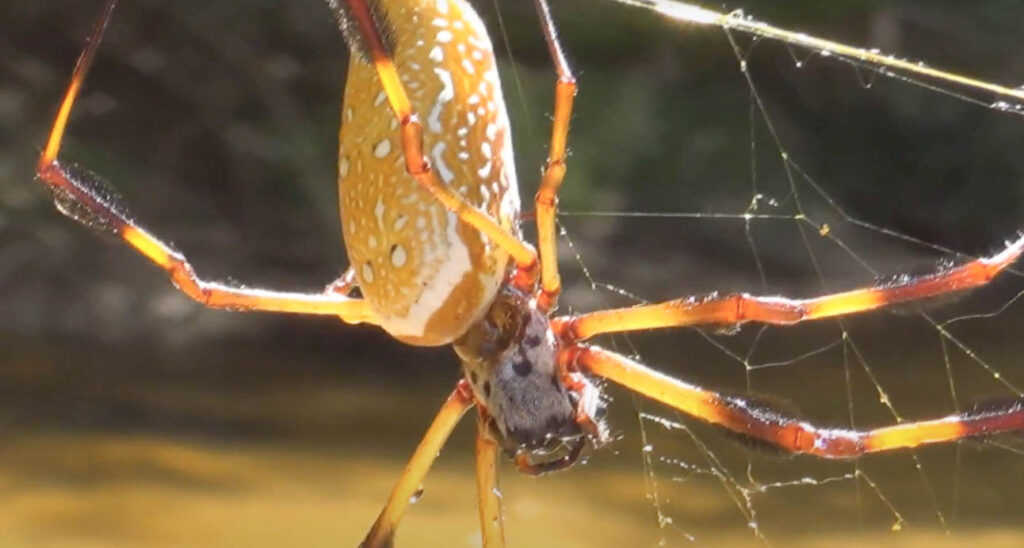
Are Banana Spiders Harmful?
Banana spiders are known to be “shy.” They, therefore, flee from people when they are in contact. They will, however, bite when disturbed—pinched or held on hand. You are likely to experience hives, swellings, and itching in case of a bite, among other symptoms. Home treatment of a banana spider bite includes the following; clean the area with lukewarm water and soap. Using antihistamine to prevent further itching can also help. Seek medical attention if the symptoms persist.
How to Control Banana Spiders
Banana spiders do not frequently build a web in areas habited by humans. Therefore, they are not a necessary bother to many homeowners. In case they infest your home and spin their web, the following measures would come in handy.
- Seal gaps and cracks in your home
- Eliminate harborage and other materials that would host spiders
- Control any insects that are food to banana spiders
- Pick up all fallen tree branches

